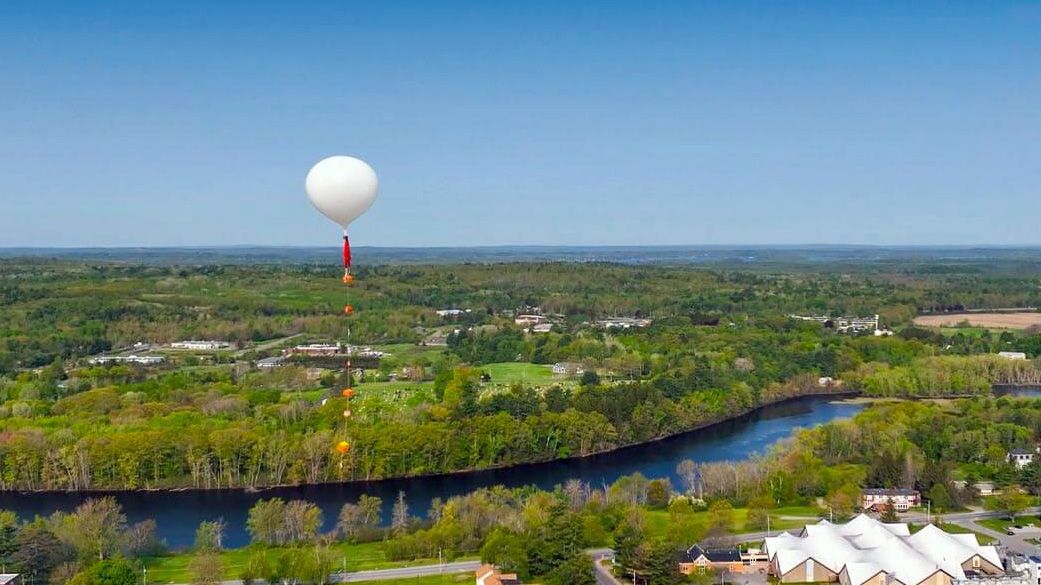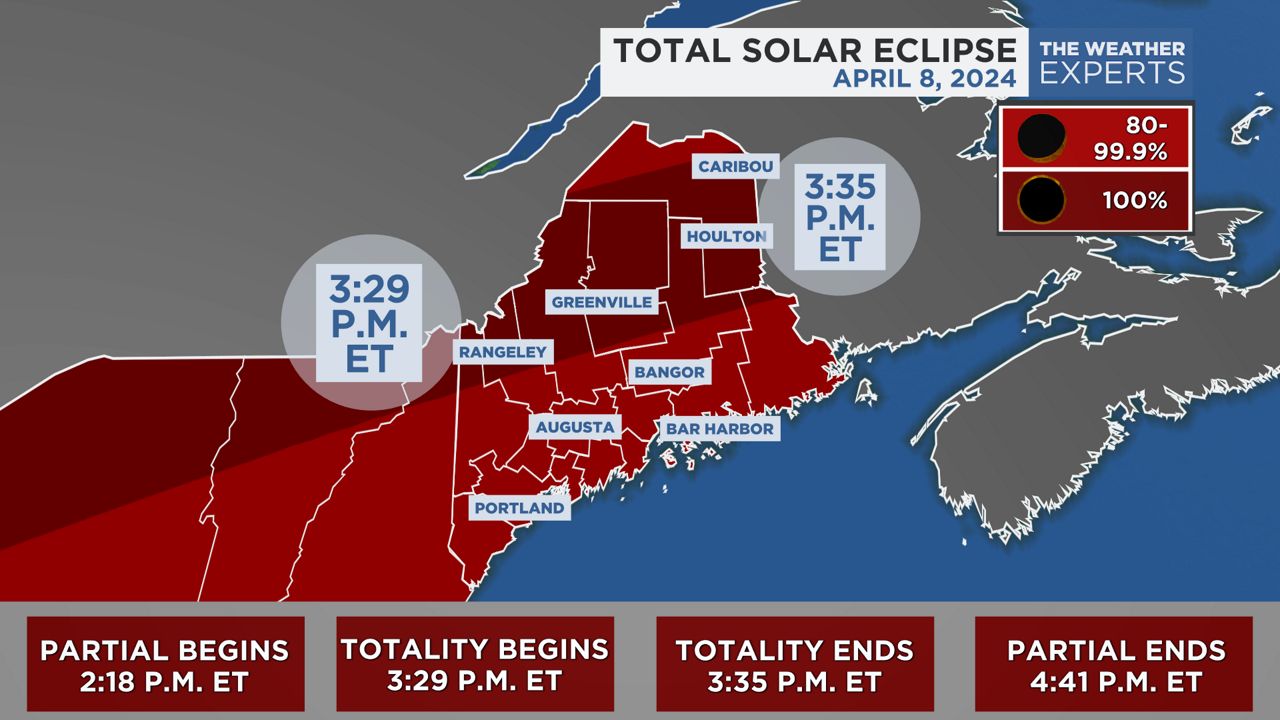As Mainers prepare to view the total solar eclipse from the ground next month, a group of students at the University of Maine are preparing to view it from the air – indirectly, anyway.
The students are working with 53 other teams from 75 different institutions to participate in the Nationwide Eclipse Ballooning Project, led by Montana State University.
On April 8, UMaine students will launch a balloon up to 90,000 feet in the air, carrying a variety of electronic sensors and cameras. The hope, according to a statement from the university, is that the project will allow the students to collect data during the eclipse, and to live-stream the event on YouTube.
“The job was a lot different than what I was expecting,” said Noah Lambert, one of the UMaine students participating in the project. “It provided a lot of opportunities that I didn't think was going to happen.”
The students have been developing the balloon’s payload over the past year. The university participated in a similar national effort during the last solar eclipse back in 2017.
“There’s a lot of education for our students, who are diving into this project and just taking the lead on solving problems we don’t immediately know the answers to,” said Rick Eason, associate professor emeritus of electrical and computer engineering, who is supervising the UMaine team. “It's not something that we're just saying, ‘Oh, here's a homework problem for you to do that we know the answer to, but you see if you can figure it out.’ These are real problems that provide real engineering experience.”
The balloon is expected to fly for about 35 minutes while the students use the onboard electronics to monitor the eclipse. The students will study phenomena such as atmospheric conditions, as well as GPS data collected during the balloon’s flight. When the mission is over, the payload will return to Earth via a parachute.









